The black and rufous elephant shrew, scientifically known as Rhynchocyon petersi, is a small mammal native to the eastern arc mountains of Tanzania and Kenya. Despite its name, it is not actually a shrew, but rather belongs to the family Macroscelididae, which includes elephant shrews.
Black and Rufous Elephant Shrew: Species Profile
Common Name: Black and Rufous Elephant Shrew
Swahili Name: N/A
Scientific Name: Rhynchocyon petersi
Type: Mammal
Food: Insects (ants, termites, beetles, spiders, centipedes)
Habitat: Montane forests, bamboo thickets
Size: Approximately 20 to 30 centimeters (8 to 12 inches) in length (excluding tail)
Average Life Span in the Natural Habitat: Around 2 to 5 years
Active: Diurnal (active during the day)
Gestation Period: Approximately 60 to 75 days
Weight: Approximately 300 to 500 grams (10 to 18 ounces)
Size Comparison to a 6-ft Man: The black and rufous elephant shrew is much smaller than a 6-ft man, with a length of about one-third to one-half of an adult’s height.
Physical Characteristics and Adaptations
This extraordinary species showcases a unique blend of physical features and adaptations that allow it to thrive in its natural habitat. With a body length of about 20 centimeters, it possesses a slender and elongated snout, long hind legs, and a distinctive tufted tail. Its fur is predominantly black, while its rump and flanks display a vibrant rufous coloration.
These remarkable adaptations enable the black and rufous elephant shrew to navigate its environment with remarkable agility. Its elongated snout aids in foraging for insects, while its long legs provide swift locomotion and aid in escaping potential predators. Additionally, its tufted tail assists in maintaining balance during rapid movements.
Habitat and Distribution
The black and rufous elephant shrew primarily inhabits the montane forests and bamboo thickets of the Eastern Arc Mountains. These unique ecosystems provide the ideal environment for this species, offering dense vegetation cover and an abundance of insects for sustenance.
Diet and Feeding Habits
As insectivores, black and rufous elephant shrews have a specialized diet consisting primarily of insects, spiders, and other small invertebrates. Their elongated snouts and sharp teeth allow them to probe the leaf litter and soil, extracting their prey with precision. These resourceful creatures are known to be voracious feeders, consuming a large quantity of food relative to their body size.
Behavior and Social Structure
Black and rufous elephant shrews are primarily solitary creatures, only coming together for mating purposes. They are highly territorial and mark their territories using scent glands located on their feet. Males engage in impressive courtship displays, showcasing their agility and speed in order to attract a female mate.
Conservation Status and Threats
While the black and rufous elephant shrew possesses remarkable adaptations, it faces numerous threats to its survival. Habitat destruction, caused by deforestation and agriculture, poses a significant risk to their populations. Additionally, climate change and human encroachment further compound the challenges faced by these unique creatures.
Efforts are being made to conserve the black and rufous elephant shrew through protected area management, public awareness campaigns, and research initiatives. It is crucial that we prioritize the preservation of their natural habitat to ensure the long-term survival of this remarkable species.
Rhynchocyon petersi
Rhynchocyon petersi is a captivating creature that deserves our attention and admiration. Its unique physical characteristics, specialized adaptations, and fascinating behaviors make it a truly remarkable species. By raising awareness about these extraordinary animals, we can contribute to their conservation and protect their natural habitats for generations to come.
The Adaptations of the Black and Rufous Elephant Shrew
In the intricate tapestry of nature, the black and rufous elephant shrew stands out with its remarkable adaptations. Join us as we delve into the fascinating world of this extraordinary creature and explore the unique traits that enable it to thrive in its environment.
Elongated Snout for Foraging
One of the most distinctive features of the black and rufous elephant shrew is its elongated snout. This specialized adaptation allows the shrew to excel in foraging for food. With its slender and elongated proboscis, the shrew can efficiently probe the leaf litter and soil, searching for a variety of insects, spiders, and small invertebrates that constitute its primary diet.
The elongated snout of the black and rufous elephant shrew serves as a powerful tool, enabling it to reach deep into crevices and extract its prey with precision. This unique adaptation showcases the shrew’s remarkable ability to adapt to its environment and exploit food sources that may be inaccessible to other animals.
Swift Locomotion with Long Hind Legs
Another remarkable adaptation of the black and rufous elephant shrew lies in its long hind legs, which provide it with exceptional speed and agility. These elongated limbs allow the shrew to navigate its habitat with remarkable grace, darting through dense vegetation and maneuvering around obstacles with ease.
With its rapid movements, the black and rufous elephant shrew can effectively evade potential predators and capture prey with remarkable efficiency. Its long hind legs are a testament to the shrew’s evolutionary success, enabling it to thrive in its natural habitat where speed and agility are crucial for survival.
Vibrant Coloration for Camouflage
The black and rufous elephant shrew’s unique coloration also plays a vital role in its adaptation to its environment. With predominantly black fur and vibrant rufous hues on its rump and flanks, the shrew blends seamlessly into its surroundings, making it difficult for predators to spot.
Camouflage is an essential survival strategy for many animals, and the black and rufous elephant shrew has perfected this art. By harmonizing with the forest floor and undergrowth, the shrew can avoid detection and increase its chances of survival. Its coloration is not only aesthetically pleasing but also a testament to the shrew’s ability to adapt and thrive in its natural habitat.
Tufted Tail for Balance
A final adaptation worth mentioning is the black and rufous elephant shrew’s tufted tail. While this feature may seem purely ornamental, it serves a vital purpose in maintaining balance during rapid movements. As the shrew darts through its habitat, leaping and changing direction swiftly, the tufted tail acts as a counterbalance, ensuring stability and precision.
The tufted tail, coupled with the shrew’s agile body and long hind legs, contributes to its impressive acrobatics and nimble locomotion. It is yet another adaptation that enables the shrew to navigate its environment with finesse and excel in evading predators and capturing prey.
Appreciating Nature’s Ingenuity
The black and rufous elephant shrew’s adaptations are a testament to nature’s ingenuity and the remarkable diversity of life on our planet. Each trait has evolved over time, fine-tuned through countless generations, and shaped by the shrew’s interaction with its environment.
Understanding and appreciating these adaptations allow us to gain insight into the intricate web of life and the remarkable ways in which organisms overcome challenges to survive and thrive. The black and rufous elephant shrew stands as a testament to the wonders of evolution and the beauty of nature’s designs.
Where to See the Black and Rufous Elephant Shrew in Tanzania
If you’re a nature enthusiast and want to catch a glimpse of the elusive black and rufous elephant shrew in Tanzania, you’re in for a treat. In this guide, we’ll reveal some of the best locations where you can increase your chances of encountering this fascinating creature in its natural habitat.
Eastern Arc Mountains
The Eastern Arc Mountains in Tanzania are a hotspot for biodiversity, and they provide a haven for the black and rufous elephant shrew. These ancient mountain ranges, characterized by lush montane forests and bamboo thickets, create the perfect environment for this unique species.
Within the Eastern Arc Mountains, specific areas are known to have higher concentrations of elephant shrew populations. Some notable locations to consider include the Usambara Mountains, Uluguru Mountains, and Udzungwa Mountains. These regions offer diverse ecosystems, dense vegetation cover, and a variety of insects that form the shrew’s primary food source.
Udzungwa Mountains National Park
One particular destination that stands out for its black and rufous elephant shrew sightings is the Udzungwa Mountains National Park. This protected area encompasses a range of habitats, including tropical rainforests, grasslands, and montane forests, making it an ideal habitat for a wide range of species, including the elephant shrew.
The park boasts well-maintained trails and knowledgeable guides who can help visitors navigate the terrain while providing valuable insights into the shrew’s behavior and habitat. Exploring the Udzungwa Mountains National Park not only increases your chances of spotting the black and rufous elephant shrew but also allows you to immerse yourself in the breathtaking beauty of this pristine natural landscape.
Mikumi National Park
While primarily known for its diverse larger wildlife, Mikumi National Park is also home to the black and rufous elephant shrew. Located in the southern part of Tanzania, Mikumi National Park offers a unique opportunity to observe this small mammal in a different setting.
Embark on a game drive through the park’s diverse habitats, including open grasslands, woodlands, and floodplains, to catch a glimpse of the shrew’s vibrant coloration as it darts across the landscape. The knowledgeable park guides can provide valuable insights into the shrew’s behavior and ecology, enhancing your overall wildlife experience.
Local Nature Reserves and Community Forests
In addition to the well-known national parks, exploring local nature reserves and community-managed forests can also provide excellent opportunities for spotting the black and rufous elephant shrew. These areas often have fewer visitors, allowing for a more intimate and immersive wildlife encounter.
Consider visiting places such as Amani Nature Reserve, Shagayu Forest Reserve, or other community forests around the Eastern Arc Mountains. These reserves and forests not only support vital conservation efforts but also offer a higher likelihood of encountering the shrew in its natural habitat due to their proximity to known population centers.
Patience and Guided Tours
Spotting the black and rufous elephant shrew requires patience, as these elusive creatures are known for their stealthy movements and preference for dense vegetation. Engaging the services of experienced guides who have extensive knowledge of the shrew’s behavior and habitat can significantly enhance your chances of a successful sighting.
Guided tours often offer specialized itineraries and access to prime shrew habitats, increasing the likelihood of an encounter. The guides can share their expertise, provide valuable insights, and ensure that your wildlife experience is both educational and rewarding.
A Remarkable Wildlife Encounter
Encountering the black and rufous elephant shrew in its natural habitat is an experience that will stay with you forever. Tanzania’s Eastern Arc Mountains, national parks, reserves, and community forests provide a myriad of opportunities to witness this unique species in action. Remember to respect the wildlife and their environment by practicing responsible tourism and adhering to park regulations.
So, pack your camera, binoculars, and a spirit of adventure as you embark on a journey to witness the wonders of the black and rufous elephant shrew in Tanzania, a destination brimming with biodiversity and natural beauty.
Black and Rufous Elephant Shrew Safari Tips:
Embarking on a safari to witness the captivating black and rufous elephant shrew in its natural habitat is a thrilling adventure. To make the most of your safari experience and increase your chances of encountering this remarkable creature, we’ve compiled a set of valuable tips to guide you along the way.
Choose the Right Time of Year
Timing is crucial when planning your black and rufous elephant shrew safari. These elusive creatures are active throughout the year, but certain seasons offer better opportunities for sightings. Dry seasons, when vegetation is less dense, can increase your chances of spotting the shrew as it moves around more freely and is easier to observe.
Research the specific region you plan to visit and consider consulting with local experts or tour operators who have in-depth knowledge of the shrew’s behavior and habitat. They can provide valuable insights into the best time to maximize your chances of encountering this fascinating creature.
Opt for Guided Tours
Engaging the services of experienced guides is highly recommended for a successful black and rufous elephant shrew safari. Local guides possess a wealth of knowledge about the shrew’s behavior, habitat, and the best locations to increase your chances of sightings.
Guided tours often include specialized itineraries that focus on the shrew’s habitat, providing dedicated time and attention to spotting this elusive species. The expertise of the guides enhances your wildlife experience by offering valuable insights, increasing your understanding of the shrew’s ecology, and ensuring your safety throughout the safari.
Be Patient and Observant
Patience and attentiveness are key when searching for the black and rufous elephant shrew. These creatures are masters of camouflage and move swiftly through their dense habitats. Take your time to scan the undergrowth, paying attention to any movement or rustling sounds that may indicate the shrew’s presence.
Maintain a keen eye and be observant of your surroundings. Look for signs such as disturbed vegetation, small tunnels or burrows, or footprints that may lead you to the shrew’s activity areas. Remember, spotting this elusive species may require persistence, but the reward is well worth the effort.
Learn about the Shrew’s Behavior
Understanding the behavior of the black and rufous elephant shrew can greatly enhance your chances of successful sightings. Research their preferred habitats, feeding patterns, and activity periods to gain insight into where and when to look for them.
The shrew is most active during the early morning and late afternoon hours, so plan your safari accordingly. Focus on areas with dense vegetation, as the shrew relies on cover for protection and foraging. Learning about the shrew’s behavior not only increases your chances of encounters but also deepens your appreciation for its unique adaptations and ecological role.
Pack Essential Safari Gear
When embarking on a black and rufous elephant shrew safari, ensure you have the necessary gear to optimize your experience. Here are some essential items to consider:
- Binoculars: A good pair of binoculars allows you to observe the shrew from a distance without disturbing its natural behavior.
- Camera with Zoom Lens: Capture memorable photographs of the shrew and its habitat. A zoom lens will enable you to get detailed shots even from a distance.
- Field Guide or Wildlife Reference Book: Carry a field guide or reference book specific to the region you are visiting. This will help you identify the shrew and other wildlife you encounter.
- Comfortable Clothing and Footwear: Dress in lightweight, breathable clothing suitable for the safari conditions. Opt for neutral colors to blend in with the environment. Sturdy and comfortable footwear is essential for navigating various terrains.
- Insect Repellent and Sunscreen: Protect yourself from insects and the sun’s rays with appropriate repellent and sunscreen.
- Drinking Water and Snacks: Stay hydrated and energized during your safari by carrying an ample supply of water and snacks.
Respect Wildlife and their Habitat
During your black and rufous elephant shrew safari, it’s crucial to prioritize the well-being of the wildlife and their habitat. Follow the guidelines set by the tour operators and park authorities, ensuring you do not disturb the shrew or its environment.
Maintain a safe distance from the shrew to avoid causing stress or altering its natural behavior. Remember, the primary objective is to observe and appreciate these magnificent creatures without causing harm.
Embrace the Full Safari Experience
While the black and rufous elephant shrew may be the highlight of your safari, embrace the full experience of being in nature. Tanzania’s stunning landscapes and diverse wildlife offer endless opportunities for exploration and discovery.
Take the time to appreciate the other flora and fauna you encounter, from majestic elephants to colorful birds and fascinating insects. Immerse yourself in the sights, sounds, and scents of the wilderness, and allow yourself to be fully present in the moment.
A Memorable Encounter Awaits
A black and rufous elephant shrew safari promises an unforgettable wildlife experience in Tanzania’s remarkable natural settings. By following these tips, you can enhance your chances of encountering this elusive creature while fostering a deeper connection with the captivating world of nature.
So, pack your safari essentials, maintain a spirit of adventure, and get ready to embark on an extraordinary journey to witness the black and rufous elephant shrew in its enchanting habitat.
Frequently Asked Questions about the Black and Rufous Elephant Shrew
As the black and rufous elephant shrew continues to captivate the interest of wildlife enthusiasts, it’s natural to have questions about this fascinating creature. In this section, we’ve compiled some commonly asked questions to provide you with informative answers.
Q1: What is the black and rufous elephant shrew?
A1: The black and rufous elephant shrew, scientifically known as Rhynchocyon petersi, is a small mammal endemic to the Eastern Arc Mountains of Tanzania. Despite its name, it is not related to elephants but belongs to the family Macroscelididae. It is characterized by its distinct black and rufous fur and long, slender snout.
Q2: Where can I find the black and rufous elephant shrew?
A2: The black and rufous elephant shrew is primarily found in the montane forests and bamboo thickets of the Eastern Arc Mountains in Tanzania. Specific areas such as the Usambara Mountains, Uluguru Mountains, Udzungwa Mountains, and national parks like Udzungwa Mountains National Park and Mikumi National Park are known to have populations of this species.
Q3: What does the black and rufous elephant shrew eat?
A3: The diet of the black and rufous elephant shrew consists mainly of insects. It feeds on a variety of invertebrates, including ants, termites, beetles, spiders, and centipedes. With its long snout, it can probe into crevices and leaf litter to locate its prey.
Q4: How big is the black and rufous elephant shrew?
A4: The black and rufous elephant shrew is a small mammal, measuring about 20 to 30 centimeters (8 to 12 inches) in length. It has a long, slender body, with the tail adding an additional 15 to 25 centimeters (6 to 10 inches). Despite its small size, it is known for its agility and quick movements.
Q5: Is the black and rufous elephant shrew endangered?
A5: Yes, the black and rufous elephant shrew is listed as “Endangered” on the International Union for Conservation of Nature (IUCN) Red List of Threatened Species. Habitat loss due to deforestation, agriculture, and human activities poses a significant threat to its survival. Conservation efforts are underway to protect its habitat and raise awareness about the importance of preserving this unique species.
Q6: Can I see the black and rufous elephant shrew in captivity?
A6: Currently, the black and rufous elephant shrew is not commonly found in captivity. Due to its specialized habitat requirements and unique ecological adaptations, it is challenging to maintain this species in captivity. Conservation efforts primarily focus on preserving its natural habitat and ensuring its survival in the wild.
Q7: How can I contribute to the conservation of the black and rufous elephant shrew?
A7: There are several ways you can contribute to the conservation of the black and rufous elephant shrew:
- Support local conservation organizations and initiatives working to protect its habitat.
- Spread awareness about the species and the importance of its conservation.
- Practice responsible tourism when visiting the areas where the shrew is found, respecting park regulations and guidelines.
- Engage in sustainable practices in your daily life to reduce your ecological footprint and help protect natural habitats.
Q8: Are there any other species of elephant shrew?
A8: Yes, the elephant shrew family (Macroscelididae) consists of several species. Apart from the black and rufous elephant shrew, there are other recognized species, including the golden-rumped elephant shrew, the checkered elephant shrew, and the short-eared elephant shrew, among others. Each species has its own unique characteristics and distribution.
Q9: Can I photograph the black and rufous elephant shrew during a safari?
A9: Yes, photography is a wonderful way to capture the beauty of the black and rufous elephant shrew and its habitat. However, it’s important to practice ethical wildlife photography. Maintain a safe distance from the shrew, use a zoom lens to avoid disturbing its natural behavior, and respect the guidelines set by park authorities and tour operators.
Q10: What are some other unique wildlife species found in Tanzania?
A10: Tanzania is renowned for its rich biodiversity and incredible wildlife. In addition to the black and rufous elephant shrew, the country is home to iconic species such as elephants, lions, leopards, giraffes, zebras, and a wide variety of birds. Exploring the national parks and reserves in Tanzania offers the opportunity to witness an array of remarkable wildlife.

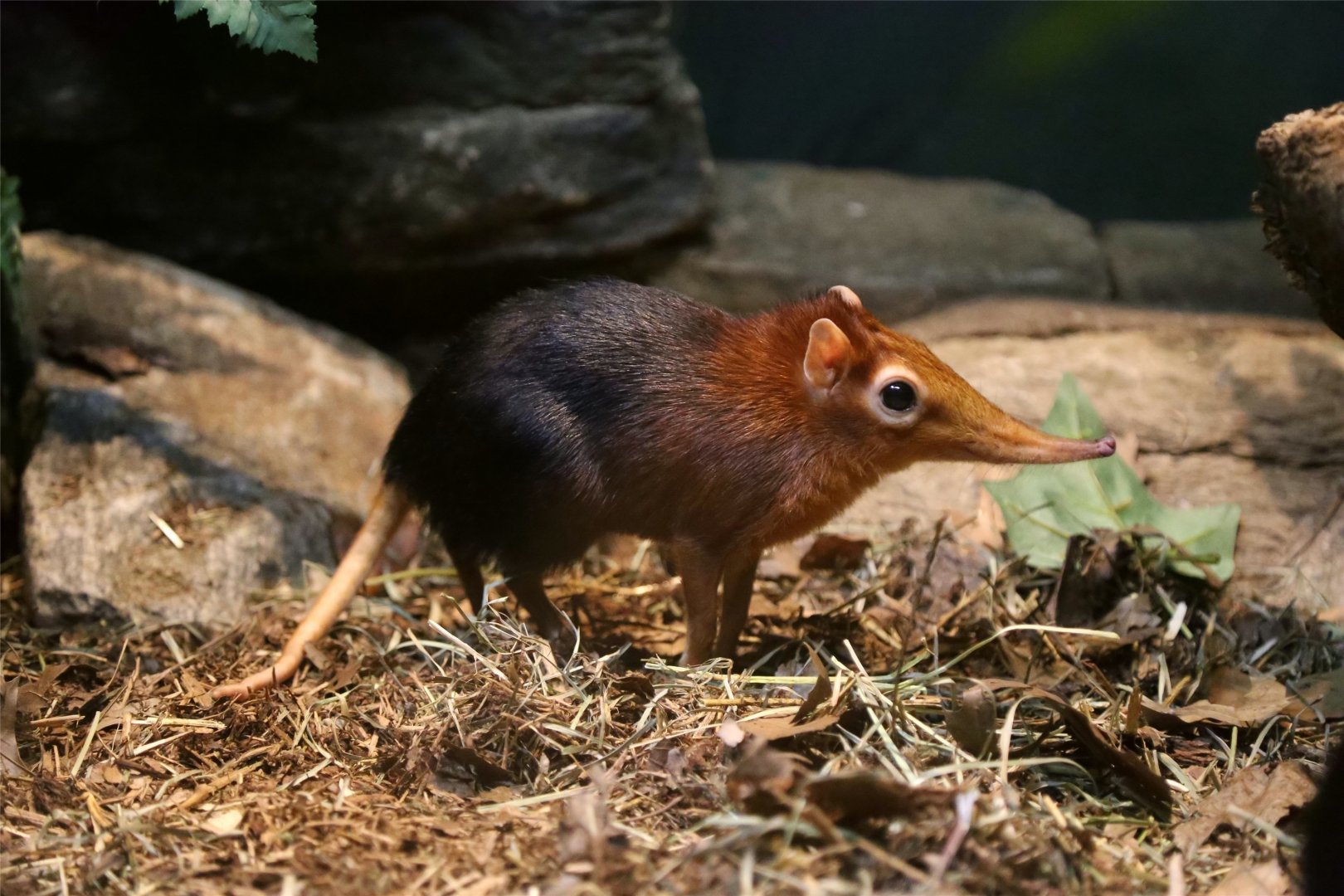

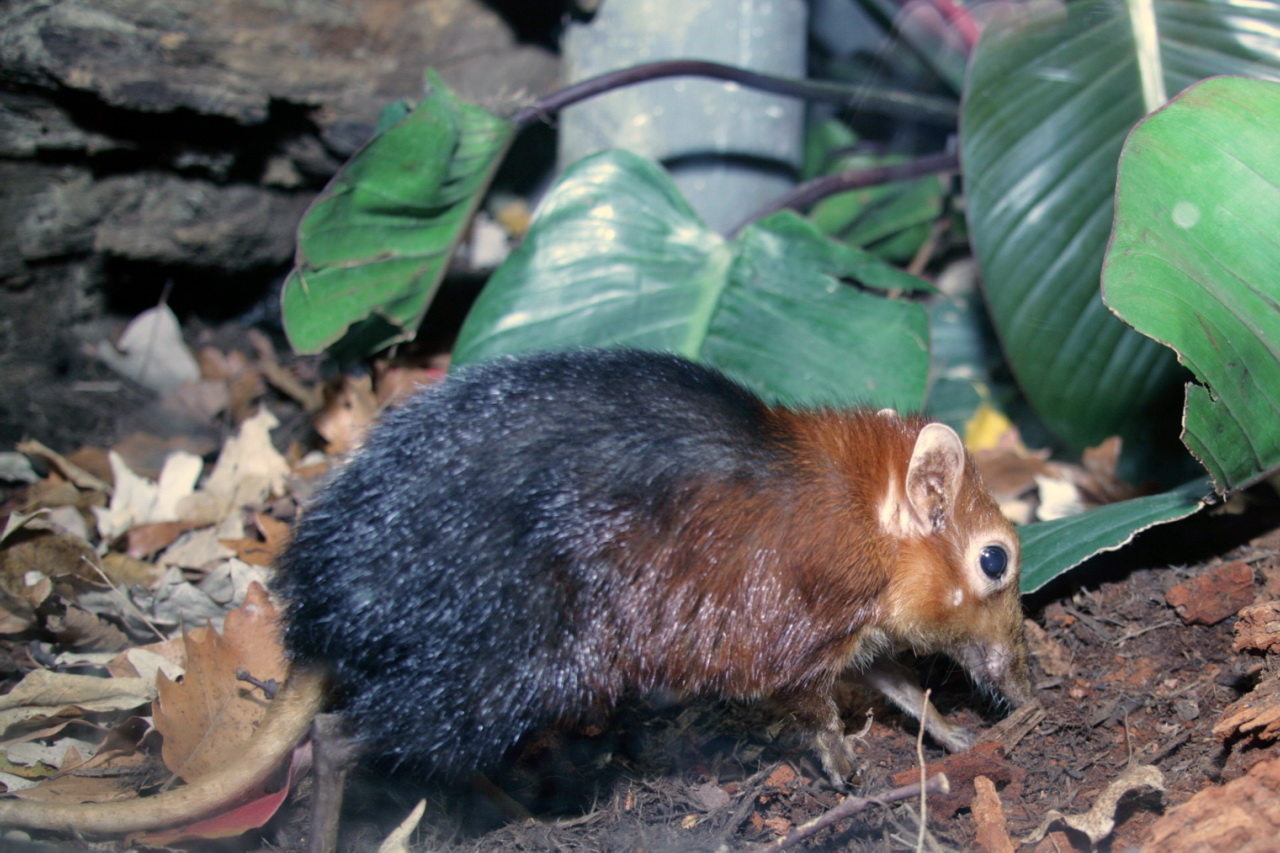
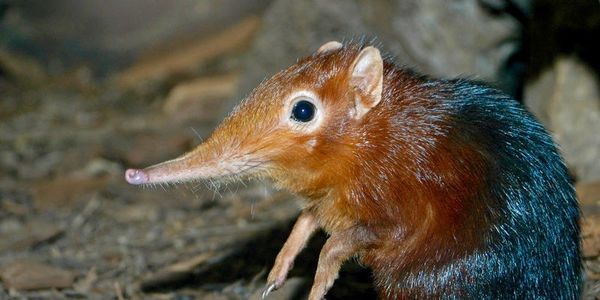

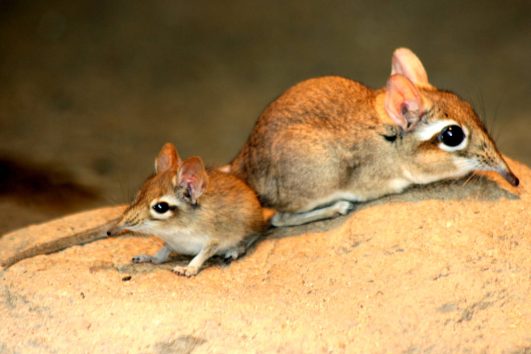
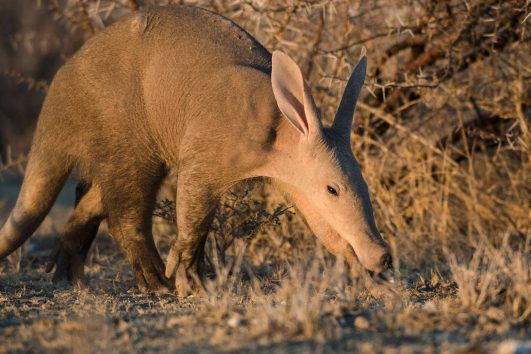
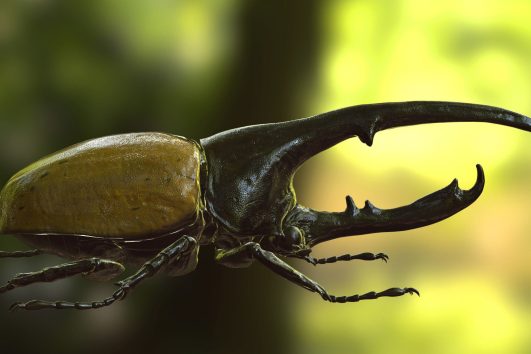
Tour Reviews
There are no reviews yet.
Leave a Review